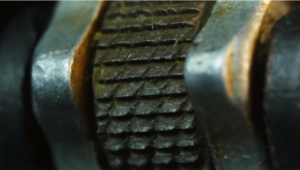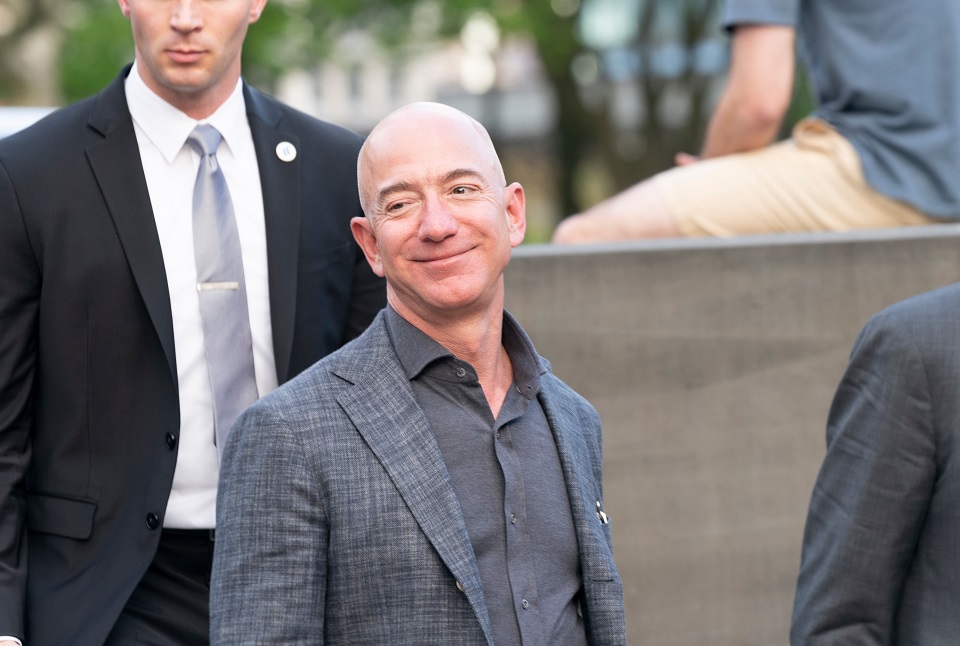 Around the globe, about two-thirds of all deaths are from age-related causes. In industrialised countries, that figure rises to 90 per cent. Forget terrorism, malnutrition, war and malaria – when you look at the stats, the world’s biggest killer is old age.
Around the globe, about two-thirds of all deaths are from age-related causes. In industrialised countries, that figure rises to 90 per cent. Forget terrorism, malnutrition, war and malaria – when you look at the stats, the world’s biggest killer is old age.
Over the millennia we’ve figured out a lot of ways to live longer, from tool-making and control of fire, through to writing, agriculture, trade, the scientific method, democracy and so on. Today, new medical technology is extending our lifespans at a rate of about two years a decade. But what if we could increase that rate beyond the rate at which we age?
That’s the question that SENS Research Foundation, founded in 2009 by expert in ageing Aubrey de Grey, is trying to answer. SENS says there are seven major types of ‘damage’ that occur in the human
body and result in ageing: cell loss; mutations in mitochondria (a cell’s ‘energy factory’); junk proteins accumulating inside cells; junk proteins accumulating outside of cells; cancer-causing mutations in nuclear DNA; useless or harmful cells that don’t die; and excess cross-linking proteins weakening bonds between cells within a tissue. For each of these areas, SENS has developed at least one proposed therapy and is now working towards starting human trials.
About a decade ago, de Grey made the grand prediction that many people alive today are going to live to 1,000 or more. He says he’s still confident in that. “The science has proceeded very much along the path I had expected – not as rapidly as I’d hoped, but that’s only because it’s been harder than I’d hoped to attract the necessary funding,” he says.
However, he admits that there aren’t any low-hanging fruits in terms of achieving substantial life expectancy increases. “Multiple different types of damage can kill us by accumulating to levels that the body can’t tolerate, and they require multiple different interventions to repair,” de Grey explains.
In the context of ever-more-sophisticated medicine, de Grey believes that there’s no upper limit to how long a human can live. “It’s like vintage cars,” he says. “Cars that only receive the level of maintenance that the law requires have a very predictable upper limit to lifespan. But throw in a ollop of additional maintenance effort, and lo and behold, indefinite longevity. I don’t think anyone is saying that cars that are currently 100 years old will definitely not make it to 200.”









































































































